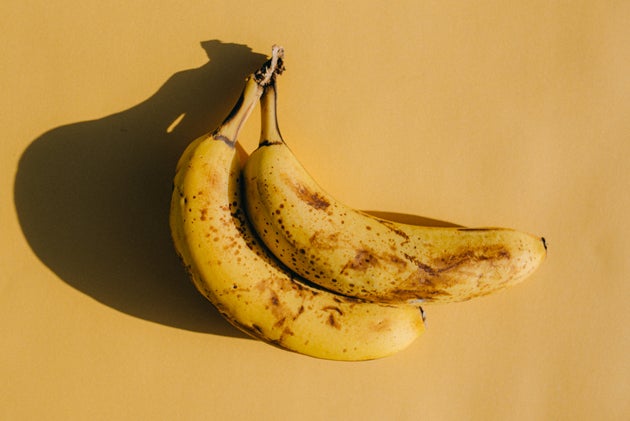What Each Ripeness Level Of Your Banana Actually Means For Your Health

<div class="content-list-component text"><p><span style="font-weight:400">Here’s something you may not have thought about: For some foods (in this case we’re talking about bananas), the nutritional effects on your health can vary depending on the ripeness level when you eat it.</span></p><p><span style="font-weight:400">As a banana ripens, its nutritional content — the amount of sugar, starch and vitamins — changes. Meaning, if you </span><a href="https://www.huffpost.com/entry/are-carbs-and-sugar-bad_l_670fcbbce4b072cc9eb529a1"><span style="font-weight:400">need more sugar before a workout</span></a><span style="font-weight:400">, or less sugar because of diabetes, you may want to eat your banana at a certain ripeness level.</span></p><p><span style="font-weight:400">Ahead, registered dieticians share the various ripeness levels, what a banana looks like at each stage, and the health conditions or goals that are best addressed at each level of ripeness.</span></p><h2><strong>Underripe</strong></h2></div><div><img src="https://img.huffingtonpost.com/asset/6900b8e2180000dcdee8f829.jpeg?ops=scalefit_630_noupscale" alt="An underripe banana can help you feel full longer." data-caption="An underripe banana can help you feel full longer." data-credit-link-back="" data-credit="Dorin Musat / 500px via Getty Images" />An underripe banana can help you feel full longer.</div><div class="content-list-component text"><p>Bananas at this stage look green; they’re firm and difficult to peel. </p><p><span style="font-weight:400">“This stage has the highest resistant starch and low sugar content,” said </span><a href="https://www.mycrohnsandcol
Read original
Huffington Post






